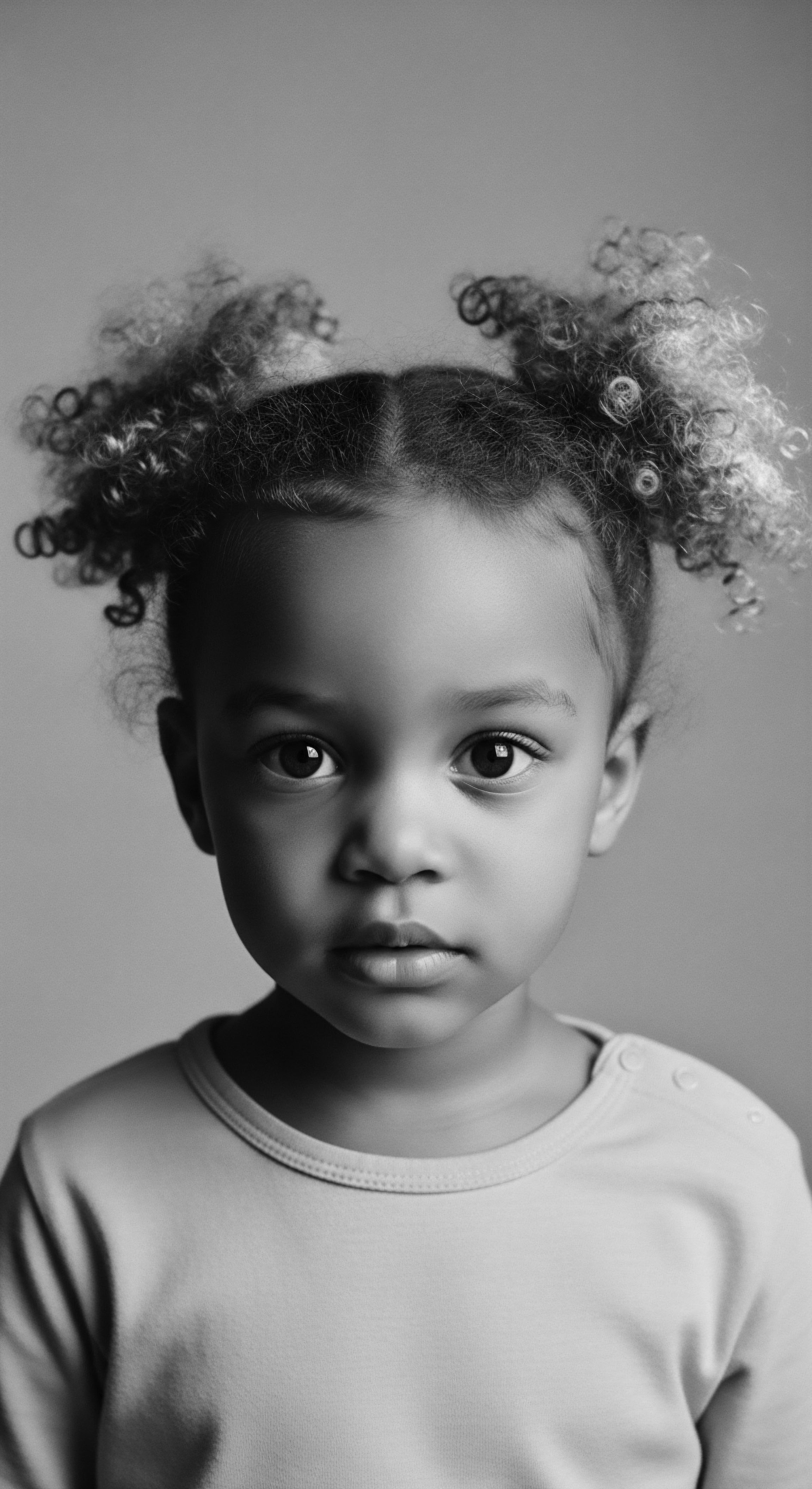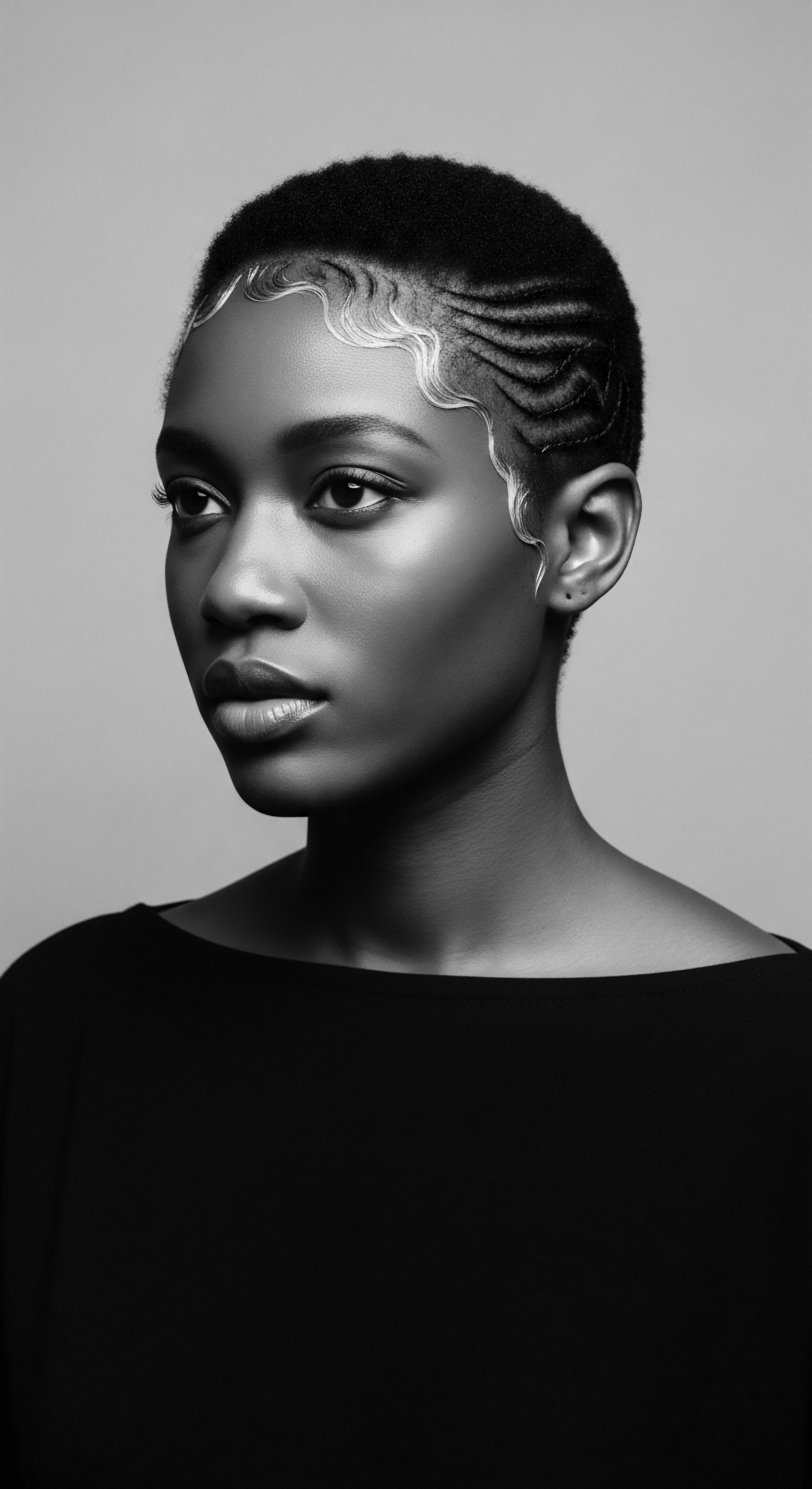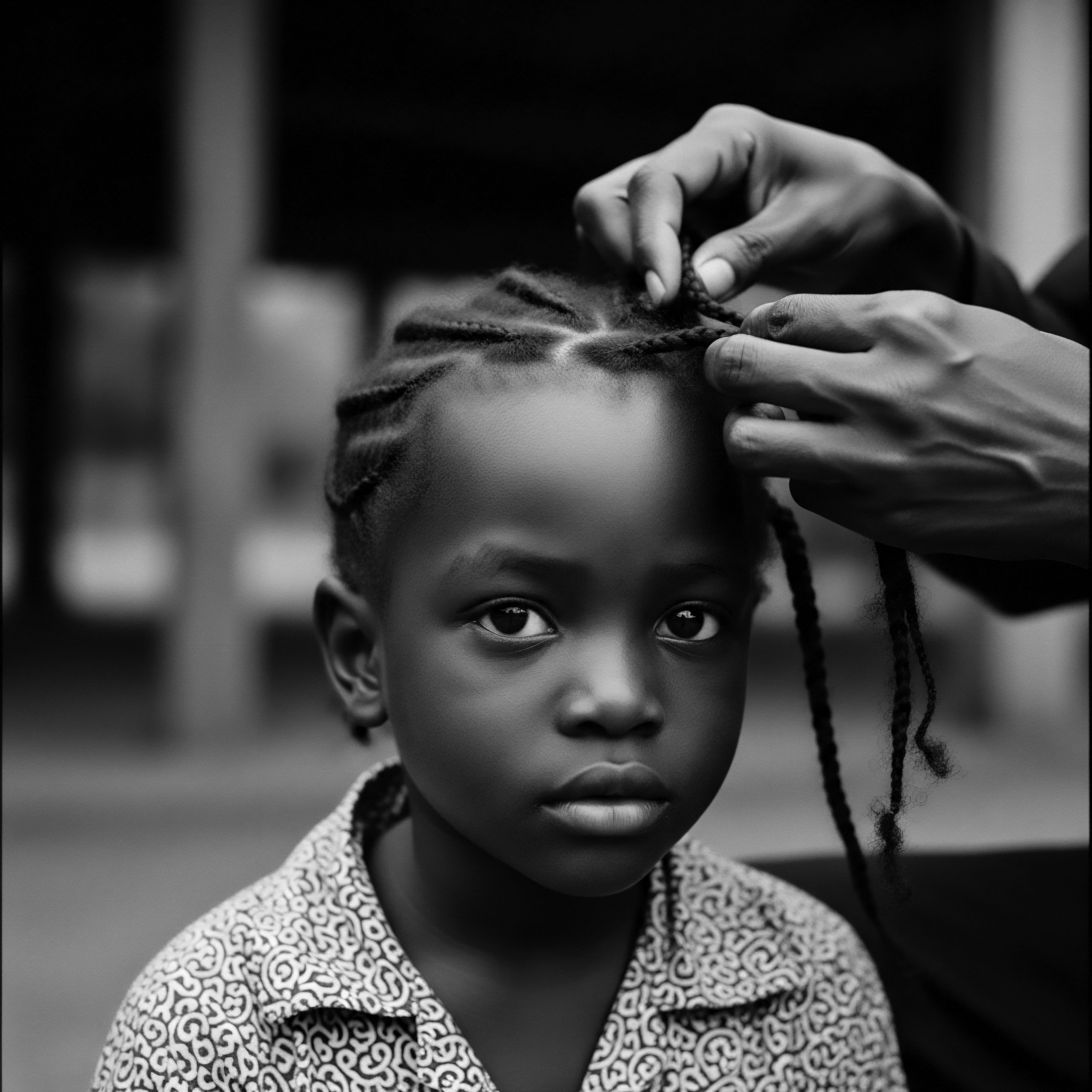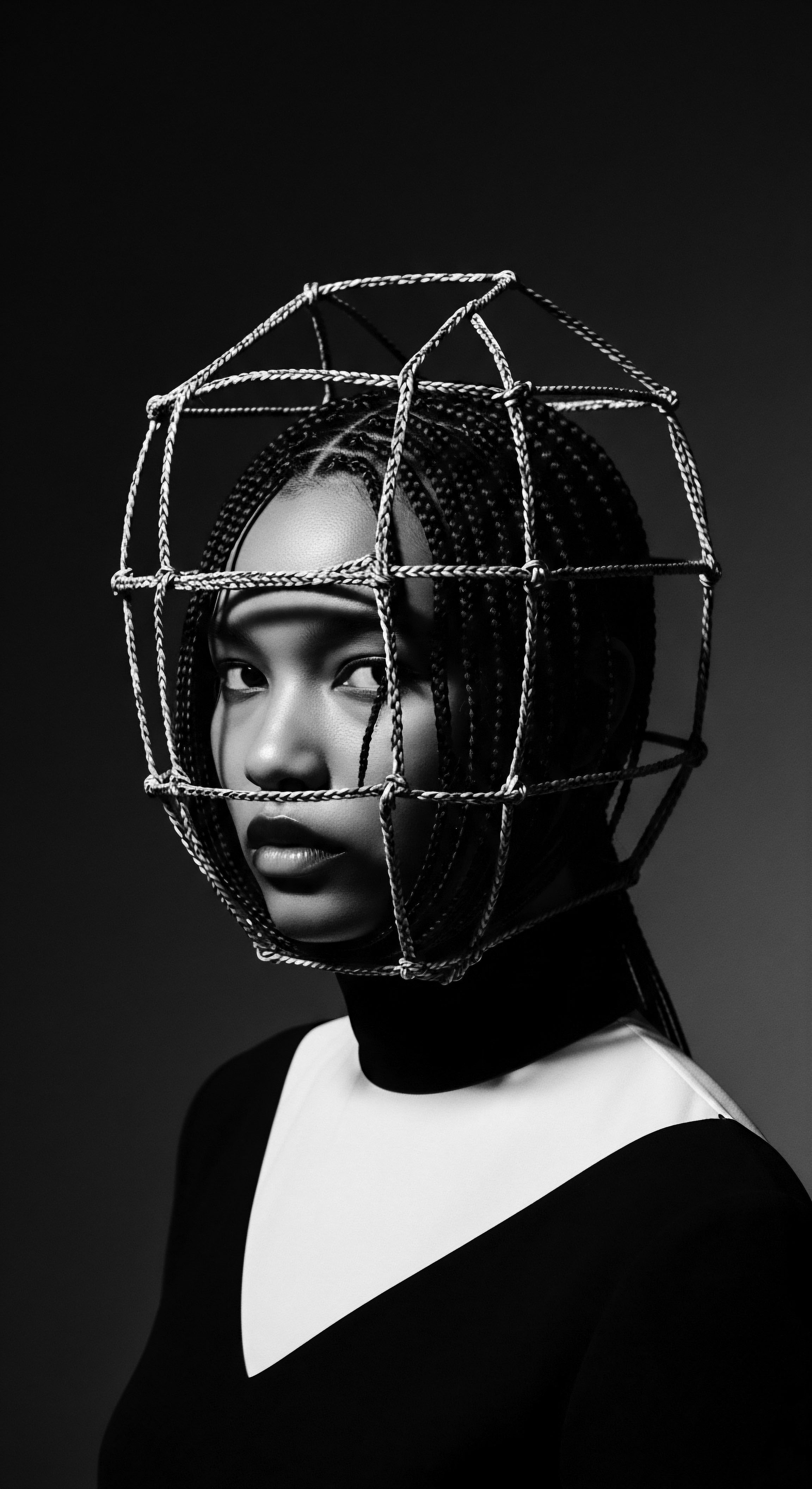
How did textured hair become a symbol of resistance for enslaved people?
Textured hair became a symbol of resistance through hidden communication, cultural preservation, and the assertion of identity against dehumanization.

How did early braiding patterns communicate heritage?
Early braiding patterns communicated social status, age, tribal affiliation, and even clandestine survival messages, deeply rooting identity within textured hair heritage.

In what ways did braids serve as a tool for resistance during slavery?
Braids served as covert maps, hiding sustenance, and affirming cultural identity, powerfully linking survival to textured hair heritage.

How did cornrows serve as a tool for communication during the transatlantic slave trade?
Cornrows, born of ancient heritage, silently conveyed maps, status, and spirit during the transatlantic slave trade.

How did ancient African hair practices serve as resistance during enslavement?
Ancient African hair practices were a covert resistance, transforming textured hair into maps, hidden sustenance, and a resilient declaration of heritage.

How did cornrows aid enslaved people?
Cornrows aided enslaved people by providing a practical, covert means to hide escape routes, valuables, and uphold African hair heritage.

What hidden messages did textured hair carry during slavery?
Textured hair during slavery transmitted coded messages, acted as maps for escape, and served as a quiet act of cultural and spiritual survival.

What is the historical significance of cornrows beyond aesthetics?
Cornrows hold immense historical weight as a symbol of identity, communication, and resilience within textured hair heritage.

What cultural significance did hair hold during the transatlantic slave trade?
Hair acted as a vital cultural link, communication tool, and spiritual anchor for enslaved Africans, preserving textured hair heritage.

In what ways did enslaved women use headwraps for silent communication?
Enslaved women used headwraps for silent communication by employing specific folds, colors, and tying styles to convey messages of identity, status, and resistance, rooted in their ancestral hair heritage.

In what ways did textured hair practices serve as resistance during slavery?
Textured hair practices during slavery served as covert communication, a means of cultural preservation, and a powerful assertion of identity.

How did textured hair symbolize covert communication during slavery?
Textured hair patterns, especially cornrows, served as covert maps and carriers of hidden items, symbolizing a profound act of resistance and heritage preservation.

